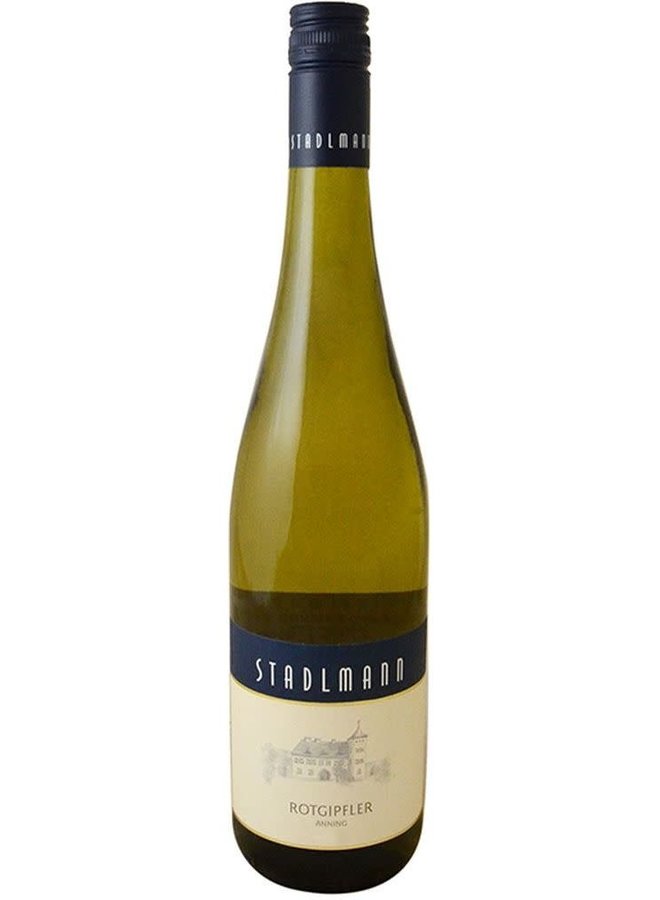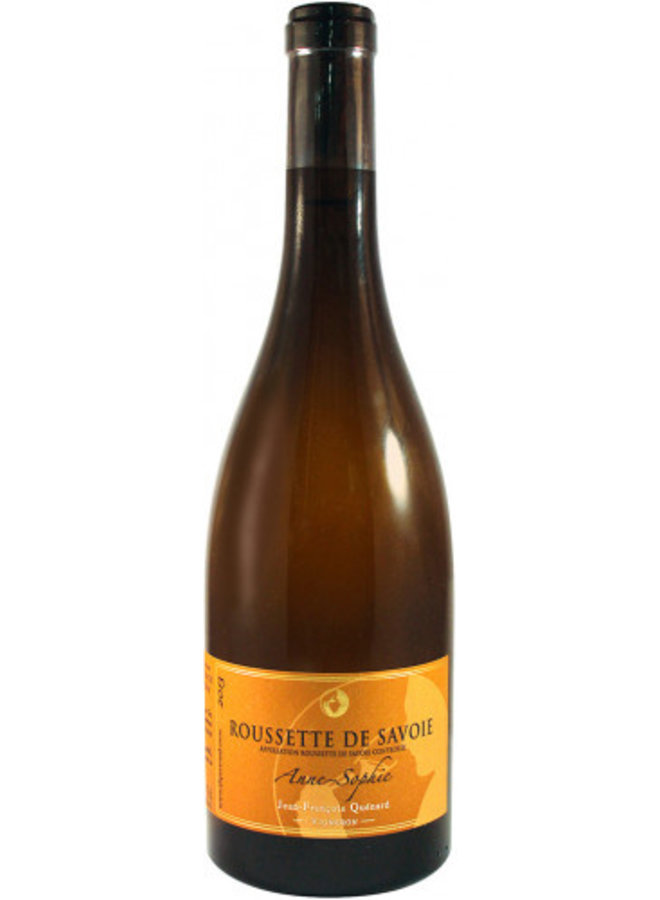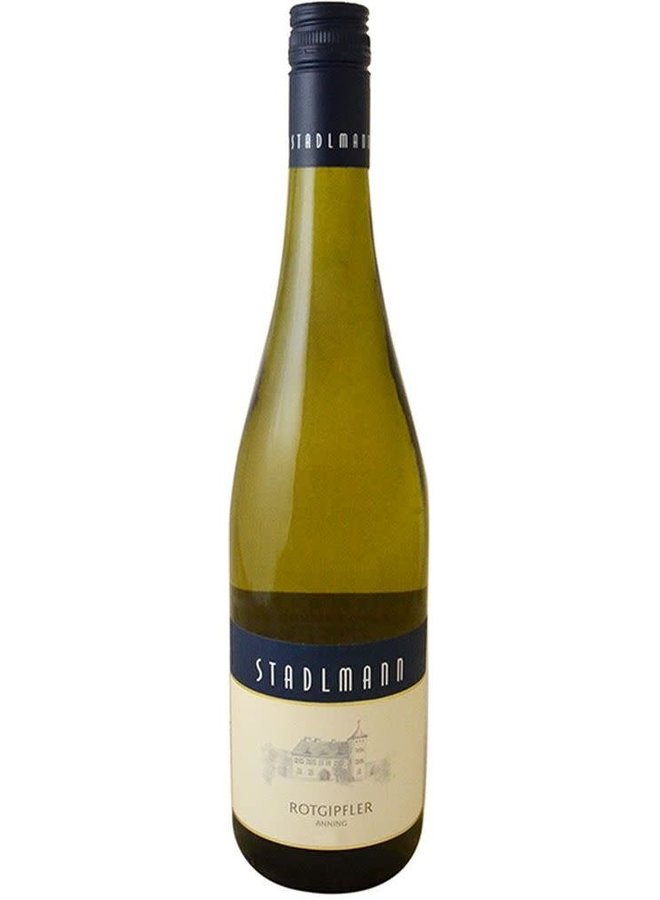Product description
Produced in large part from younger vines planted in the lower, flatter parts of these hillside vineyards, the Rotgipfler Anning ferments with naturally occurring yeasts in large, neutral Viennese oak, and rests on its fine lees until it is bottled the May after harvest. Its core of round, broad, melon-like fruit is given ample definition by a blatantly saline sense of minerality, and it possesses exceptional cling and concentration given its modest level of alcohol.
Although the Thermenregion’s global popularity is eclipsed by that of the Wachau, Kamptal, and Kremstal regions, it was here that Austria’s most prized wines were produced historically. Stadlmann owns 20 hectares of vines in 35 separate parcels in the northern sector of the Thermenregion, a chain of gentle east-facing slopes with soils of varyingly mixed limestone and clay. (If this topography brings Burgundy to mind, that is no accident: Cistercian monks brought Burgundian varieties to the Thermenregion in the late 12th century, surely sensing a certain kinship with the lands from which they had come.) Wines produced from the indigenous Rotgipfler and Zierfandler varieties were favorites of the Habsburgs, and although the Paris Exposition of 1855 is perhaps better known for sparking Bordeaux’s classification system, it was actually a Rotgipfler from the Thermenregion that took first prize at the fair.




